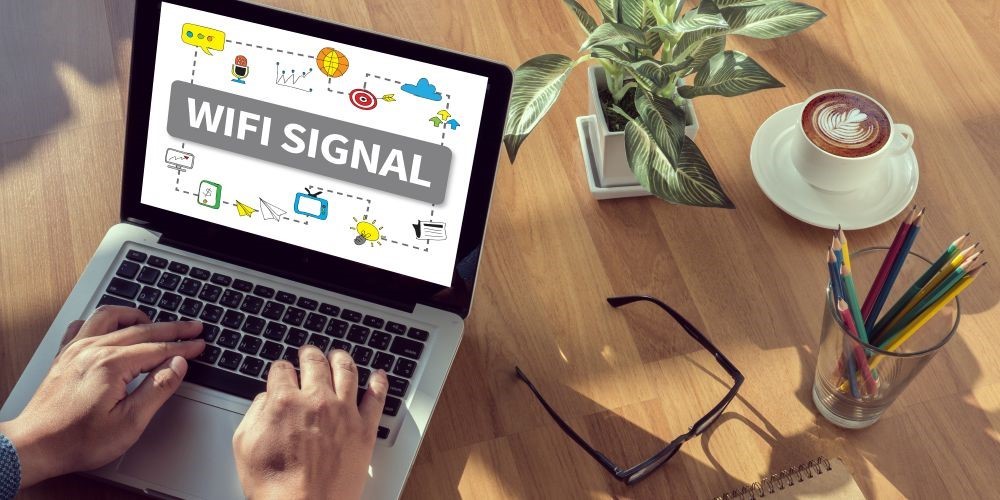
Blog
Home / Articles
How to Speed Up Wi-Fi
Wireless Internet connections are fantastic, because they provide great mobility. And yet, people who use Wi-Fi keep complaining about poor speeds and reception, network disconnects, and so on. Here's what you need to do to boost the speed of your wireless connection.

Begin by evaluating the current signal strength of your Wi-Fi. According to a report from Data Alliance, average signal strength ranges from -50 dBm to -70 dBm. Signal strength will increase as you come closer to the router and decreases if you move away from it, of course.
To evaluate your wireless network, install one of the Wi-Fi analyzer applications that can be found in the app store on your smartphone, and then measure signal strength; you will want to use this value as a reference whenever you apply one of the signal boosting methods that are highlighted below.
Switch the channel. Did you know that most American router manufacturers ship their devices with networks that will run on channel 6 by default? Truth be told, channels 1, 6 and 11 are the only ones that aren't overlapping with the others, but this causes a serious problem: pretty much everyone in the building and/or neighborhood uses the same #6 channel!
Fortunately, it is easy to switch to a different channel by logging into your router's admin panel, and then choosing a different frequency from within the wireless section. Test each channel, and then measure signal strength using your smartphone after each change; you will soon discover that some channels provide a much stronger Wi-Fi signal. To give you an idea, an apparently modest increase of only 3 dBm translates to a signal strength boost of about 40%. And if you manage to go from -70 dBm to -64 dBm, you've just gotten yourself a network with a radio signal that's 100% stronger than before!
If your wireless devices are close to the router, you should use the 5 GHz band, which is much faster than the old 2.4 GHz band. And if your router supports both bands at the same time, it may be a good idea to divide all your gadgets amongst those two networks. You shouldn't use the higher frequency band for devices that are away from the router, though; 5 GHz radio waves tend to bounce a lot, so performance will take a severe hit if your computers, tablets or phones are more than 30 feet away from the router.
Don't forget to take care of the network clients as well. Some of them may need updated drivers, and sometimes even new Wi-Fi hardware. If you have an old laptop, for example, you will get much better results by disabling the old Wi-Fi module using Windows' device manager, and then installing a new, external wireless adapter.
If, despite trying all these ideas, things don't work as you want them to, it may be the time to replace your router, which may have served you well all these years, but now it is outdated and much less secure than it was when you've purchased it. So, set some money aside, and then invest it into a modern router, which is guaranteed to boost your Wi-Fi experience, providing a longer range and extra security features.
Before doing that, try to update your router's firmware, or, if you are feeling adventurous, install one of the open source router operating systems on it. You may brick the router by doing that, but you were going to throw it out anyway, right? Still, if everything works as planned, you may end up having a device that continues to look outdated on the outside, but has lots of new, useful features, and behaves like a new one.